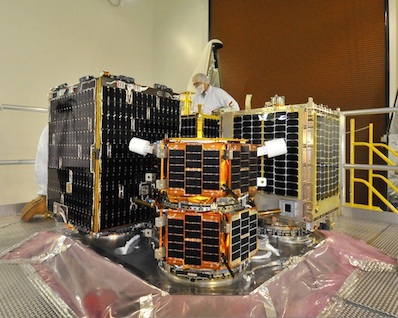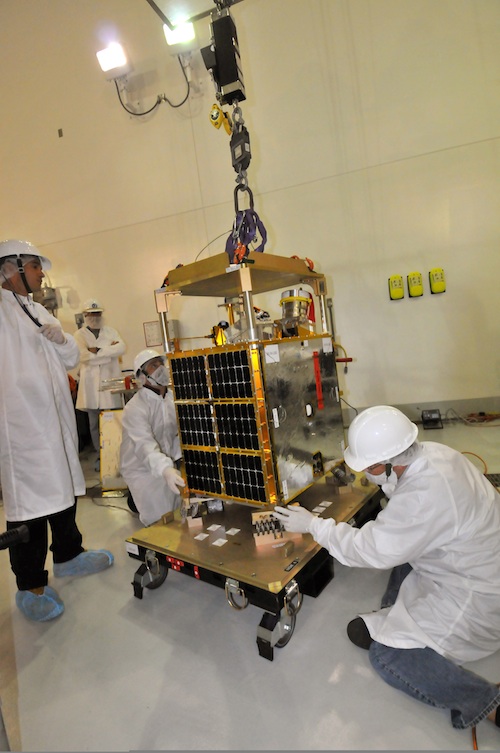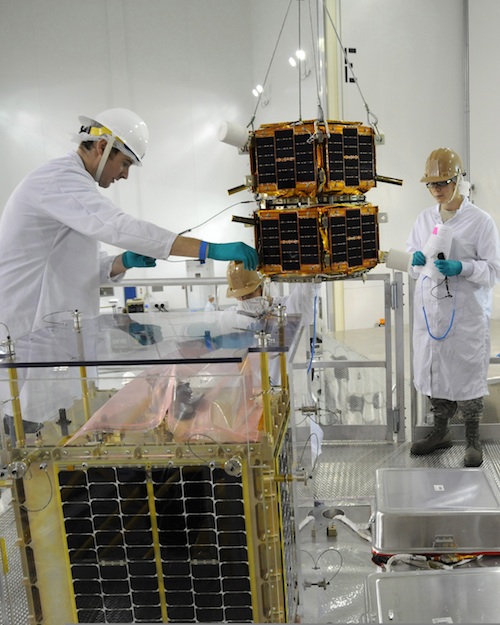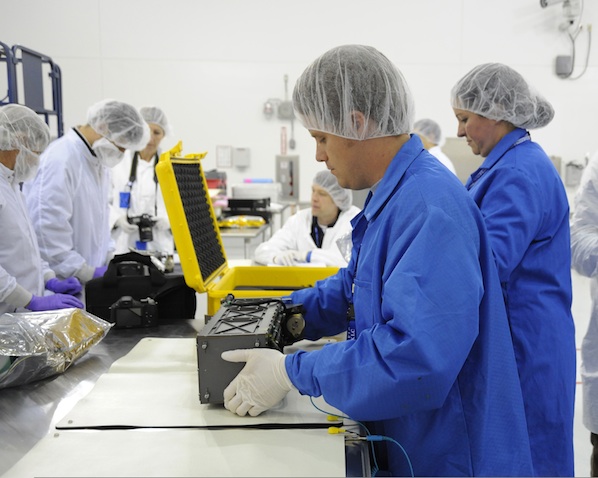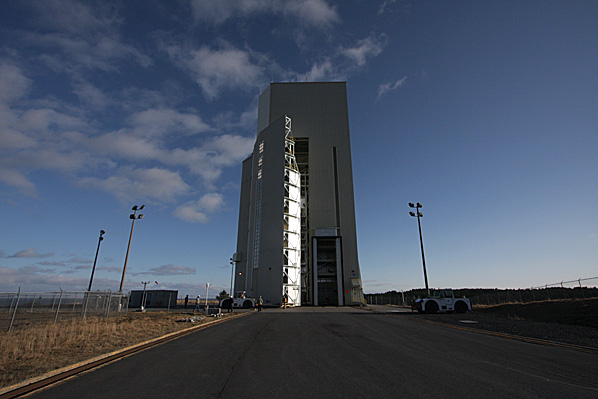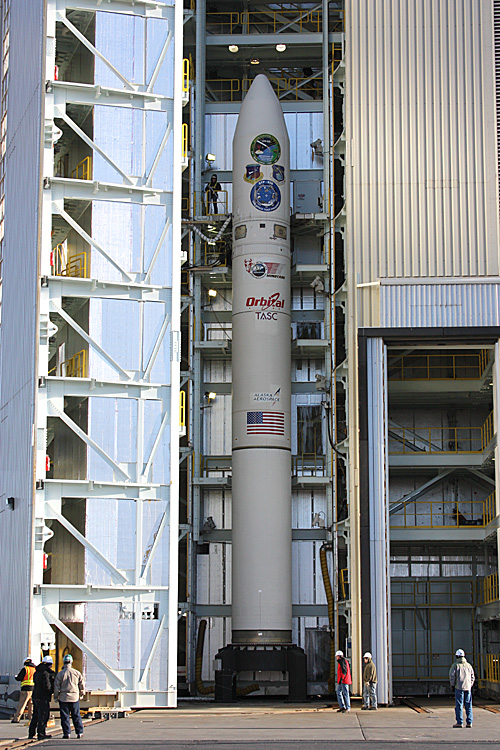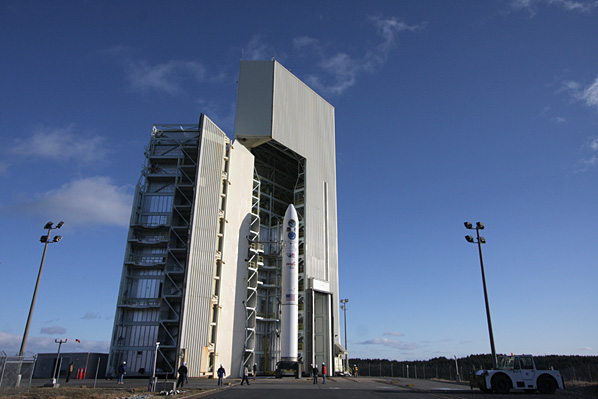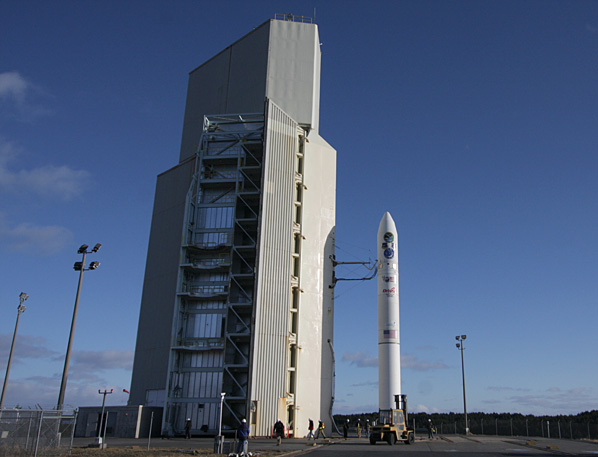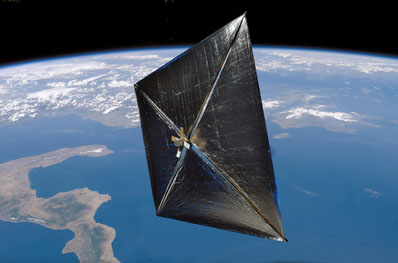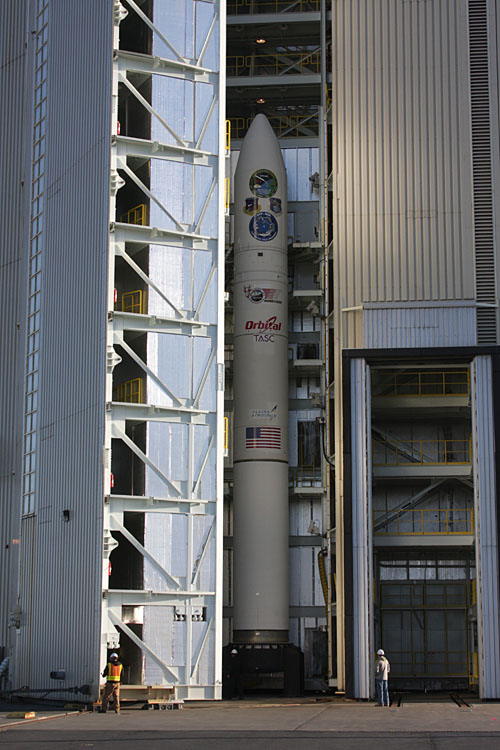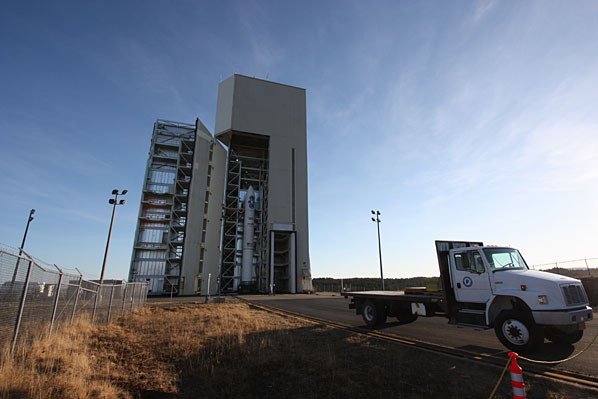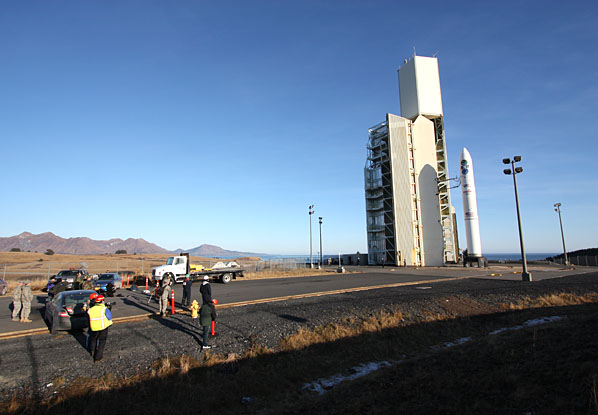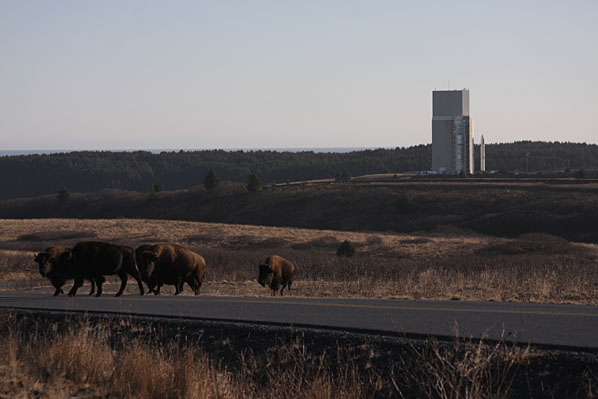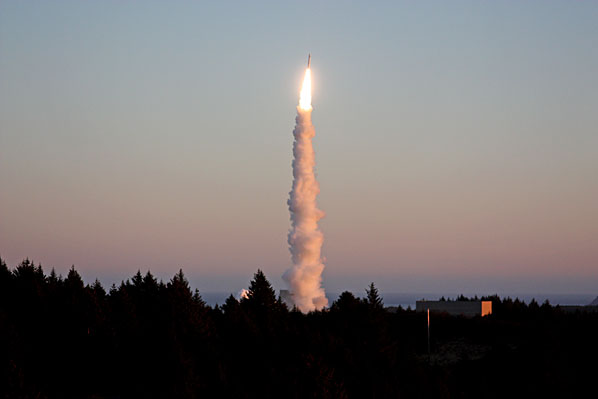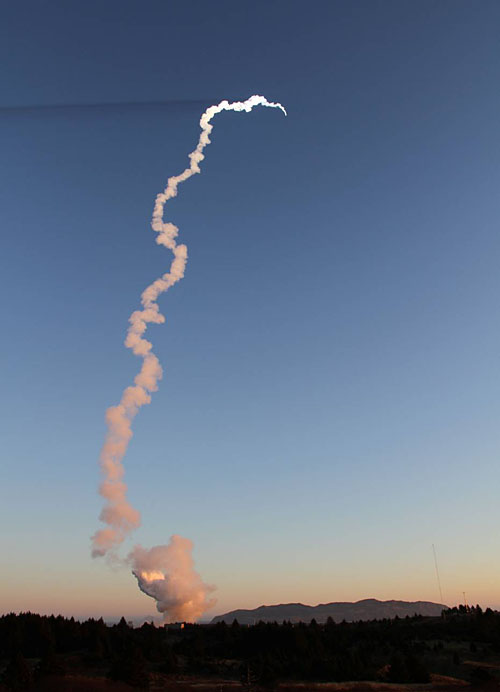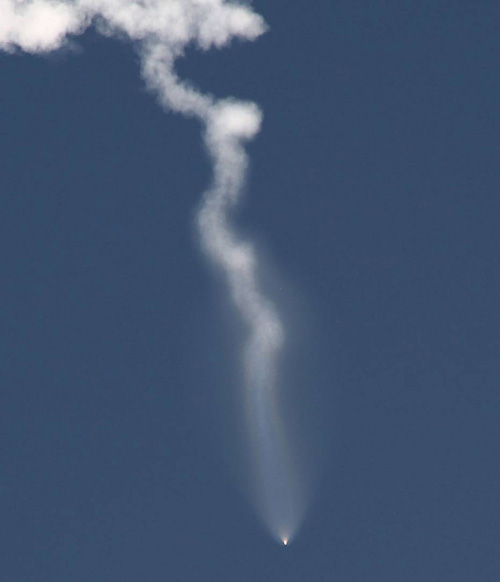E
EarthlingX
Guest
http://www.nasa.gov : NASA - FASTSAT Home Page
http://www.nasa.gov : NASA's FASTSAT Microsatellite Readied to Share Ride to Space
http://www.nasa.gov : Sailing Among the Stars
http://www.nasa.gov : NASA to Hold Media Telecon Nov. 9 to Discuss Upcoming Satellite Missions

Artist concept of FASTSAT. Credit: NASA
FASTSAT is NASA’s first microsatellite designed to create a capability that increases opportunities for secondary, scientific and technology payloads, or rideshares, to be flown at lower cost than previously possible.
The overall objective of the FASTSAT mission is to demonstrate the capability to build, design and test a microsatellite platform to enable governmental, academic and industry researchers to conduct low-cost scientific and technology experiments on an autonomous satellite in space.
FASTSAT establishes a platform and environment where science and technology research experiment payloads of low- and mid-level complexity can be flown responsively and affordably in low-Earth orbit
http://www.nasa.gov : NASA's FASTSAT Microsatellite Readied to Share Ride to Space
...11.03.10
Four satellites sit atop the Minotaur IV launch vehicle that will launch them to space Nov. 19 on the Space Test Program S26 mission. (Lou Hernandez/Air Force Space & Missile Systems Center)
As the holiday season approaches, people are already planning ways to share with others, because sharing is always good. This is also true for NASA's Fast, Affordable, Science and Technology Satellite, or FASTSAT, which will share a ride to space with three other satellites on Nov. 19.
The satellites will be launched on the Air Force Space Test Program's (STP) upcoming mission, STP-S26, which will launch from the Alaska Aerospace Corporation's Kodiak Launch Complex on Kodiak Island, Alaska.
Earlier this month, FASTSAT and three other secondary payload satellites were mated to the multi-payload adapter atop the Minotaur IV launch vehicle in preparation for launch.
FASTSAT is NASA’s first microsatellite designed to create a capability that increases opportunities for secondary, scientific and technology payloads, or rideshares, to be flown at lower cost than previously possible.
The overall objective of the FASTSAT mission is to demonstrate the capability to build, design and test a microsatellite platform to enable governmental, academic and industry researchers to conduct low-cost scientific and technology experiments on an autonomous satellite in space.
http://www.nasa.gov : Sailing Among the Stars
...08.17.10
Illustration of NanoSail-D. Image credit: NASA
This fall, NASA researchers will move one step closer to sailing among the stars.
Astrophysicists and engineers at the Marshall Space Flight Center in Huntsville, Ala., and the Ames Research Center in Moffett Field, Calif., have designed and built NanoSail-D, a “solar sail" that will test NASA’s ability to deploy a massive but fragile spacecraft from an extremely compact structure. Much like the wind pushing a sailboat through water, solar sails rely on sunlight to propel vehicles through space. The sail captures constantly streaming solar particles, called photons, with giant sails built from a lightweight material. Over time, the buildup of these particles provides enough thrust for a small spacecraft to travel in space.
http://www.nasa.gov : NASA to Hold Media Telecon Nov. 9 to Discuss Upcoming Satellite Missions
11.03.10
HUNTSVILLE, Ala. -- NASA will hold a media teleconference at 12:30 p.m. CST on Tuesday, Nov. 9, to discuss the Fast, Affordable, Science and Technology Satellite, or FASTSAT, and the Organism/Organic Exposure to Orbital Stresses, O/OREOS -- scheduled to launch Nov. 19 on a Minotaur IV launch vehicle from the Alaska Aerospace Corporation’s Kodiak Launch Complex on Kodiak Island, Alaska.
FASTSAT is NASA's first microsatellite that supports the standards of the Evolved Expendable Launch Vehicle Secondary Payload Adaptor, or ESPA -- an adapter ring developed by the U.S. Department of Defense specifically to accommodate secondary spacecraft launch opportunities. FASTSAT will demonstrate the capability to build, design and test a spacecraft platform to enable governmental, academic and industry researchers to conduct low-cost scientific and technology experiments on an autonomous satellite in space.
The goal of the O/OREOS mission is to demonstrate the capability to conduct low-cost astrobiology science experiments on autonomous nanosatellites in space. Scientists will apply the knowledge they gain from O/OREOS to plan future experiments in the space environment to study how exposure to space changes organic molecules and biology. These experiments will help answer astrobiology’s fundamental questions on the origin, evolution and distribution of life in the universe.
Teleconference panelists are:
-- Mark Boudreaux, FASTSAT project manager at NASA's Marshall Space Flight Center in Huntsville, Ala.
-- Joseph "Joe" Casas, FASTSAT science operations director at Marshall
-- Dean Alhorn, NanoSail-D principal investigator at Marshall
-- John Sigwarth, Thermospheric Temperature Imager principal investigator at NASA's Goddard Space Flight Center in Greenbelt, Md.
-- Pascale Ehrenfreund, O/OREOS project scientist, Space Policy Institute at George Washington University in Washington
Supporting experts will be online to answer questions about the experiments on FASTSAT and O/OREOS.
For dial-in information, journalists should e-mail their name, media affiliation and telephone number to Kim Newton at kimberly.d.newton@nasa.gov.
Audio of the teleconference will be streamed live on NASA's website at: http://www.nasa.gov/newsaudio
For more information about FASTSAT and O/OREOS visit: http://www.nasa.gov/mission_pages/smallsats




